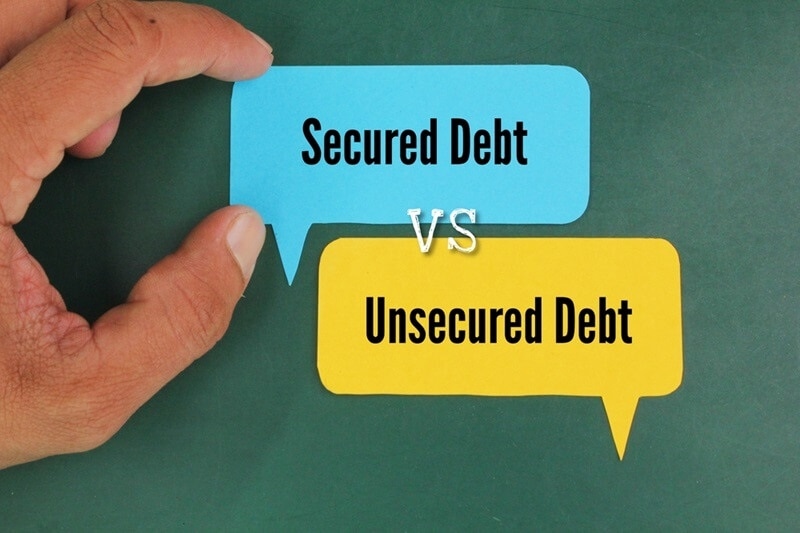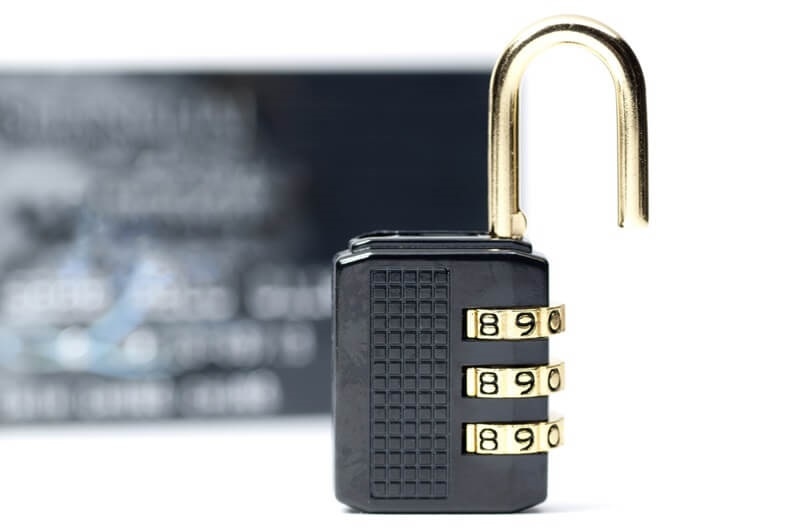
When looking to borrow money, most people usually fall into the two main categories of debt: secured and unsecured. Knowing their difference can assist you in making better financial decisions and steer you clear of taking unnecessary risks.
This guide has secured vs unsecured debt explained, investigated the examples and potential dangers, and will tell you how each type can affect your financial status.
Secured debt is a loan with an asset or property as security. To explain it simply, if you use your house, car, or bank account as security for a debt, then the lender has the power to sell off that 'valuable' if you turn to nonpayment. Usually, this results in a win-win situation because lenders take less risk and give better terms, which means lower interest rates and higher loan sizes for the borrowers.
On most occasions, they are almost always related to a real asset or value that the bank can take possession of should the borrower default. Consequently, this is the main reason why secured loans carry a lower risk for lenders but a greater chance of losing something for borrowers if they become unable to pay.

Unsecured debt is not bound to any kind of collateral. The lender solely relies on the creditworthiness of the borrower based on his/her credit history, income, and promise to repay. They can't just sell off your stuff immediately if you don't pay but they may take legal actions against you.
Lenders in these situations have the right to charge higher interest rates than in the case of secured loans. The exact amount that you are eligible for is mostly determined by your income and creditworthiness.
Basically, secured loans are backed by assets, while unsecured ones depend solely on trust and your credit scores.
Lower interest rates, secured by assets, bigger loan amounts, but the possibility of losing your security.
Higher interest rates, no need for security, easier acquisition for smaller amounts, but in the case of nonpayment, collection can be more aggressive.
The key difference lies in what the stakes are. Those with secured debt will see their properties at risk, while with unsecured debt, credit history, and financial status are what get jeopardized.
People are more likely to opt for secured debt because it usually allows them to get a higher amount and with a better interest rate. For example, if you want to buy a house or a car, generally you do not have any other choice but to use a secured loan.
Moreover, these loans give the clients:
Unsecured debt is a popular choice mainly for its fast accessibility and safety, as it doesn’t endanger your properties. The process doesn’t require security, and usually, the paperwork is more manageable.
If don't pay back your unsecured debt, the first action that lenders will take is sending reminders to you and charging late fees. In a case where payments are still not done, the account might be assigned to a collection agency.
The unsecured debt collection process includes:
In contrast to secured loans, they can’t just take your possessions without the court's consent. However, having a tainted credit rating might be even tougher to recover from.
A lot of people would probably ask why would anyone want to take out an unsecured loan then, and the answer is that it looks safer and simpler than securing a loan by pledge of property. Still, there are some downsides to being well-informed.
It is you home and car that will not be the first to lose out on in the case of default but rather, the long-term financial consequences will sometimes be as harmful.
One major factor that influences unsecured debt is your credit score. In cases where there is no guarantee, the lenders will put more weight on your credit report and your payment trends. Let's see the connection between credit score and unsecured debt.
Most people carrying debt are in possession of both types - secured and unsecured debts. Let's take a mortgage (secured) and credit card debts as an example; in substance, you can have both of them running simultaneously without any problem. Managing them intelligently means gaining insight into the order of debt prioritization.
The first high-interest unsecured debt should be the primary focus, a statement most financial experts commit to. The price one has to pay in the long term makes it a smart move to handle unsecured debt first. On the other hand, secured debt (although the loss condition will be more drastic) usually has lower rates and can be amortized over longer terms.
When trying to choose between secured and unsecured loans, look at the list below for some pointers:
Always keep in mind that you should compare the interest rates, fees, and payback terms before settling on an option in the long run.
Learning to tell the difference between secured and unsecured debt and how they work in reality is essential. You get a lower range of loans with secured loans, but lose your job if you fail on a secured loan. On the other hand, getting an unsecured loan is really easy, and there is no need to put up any collateral, but you will usually have to pay a higher interest rate and might find it difficult to keep up with repayment.
As long as you are able to recognize actual secured loan examples, the associated risks and collection procedures of unsecured loans, you will become wiser in your selections.
This content was created by AI